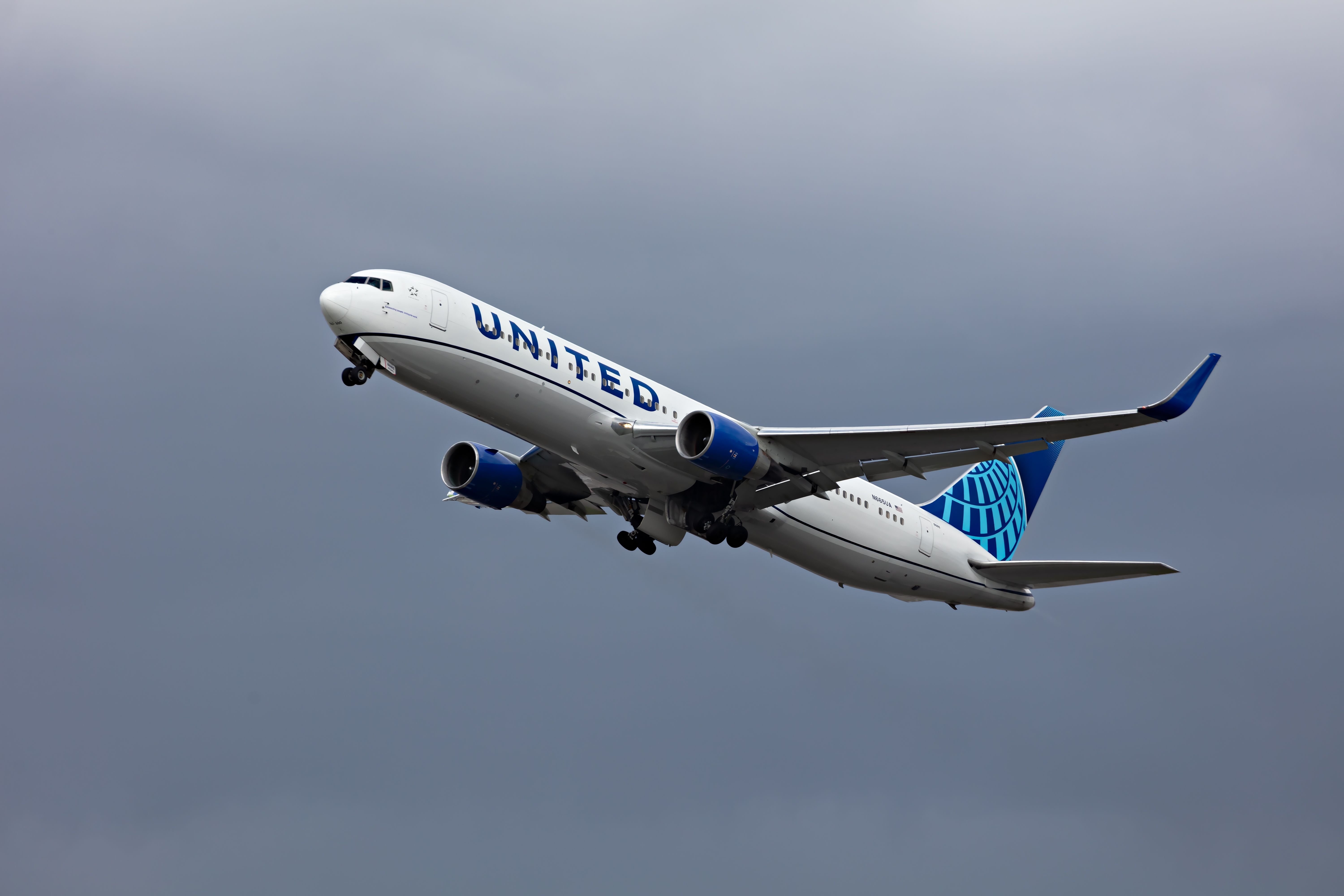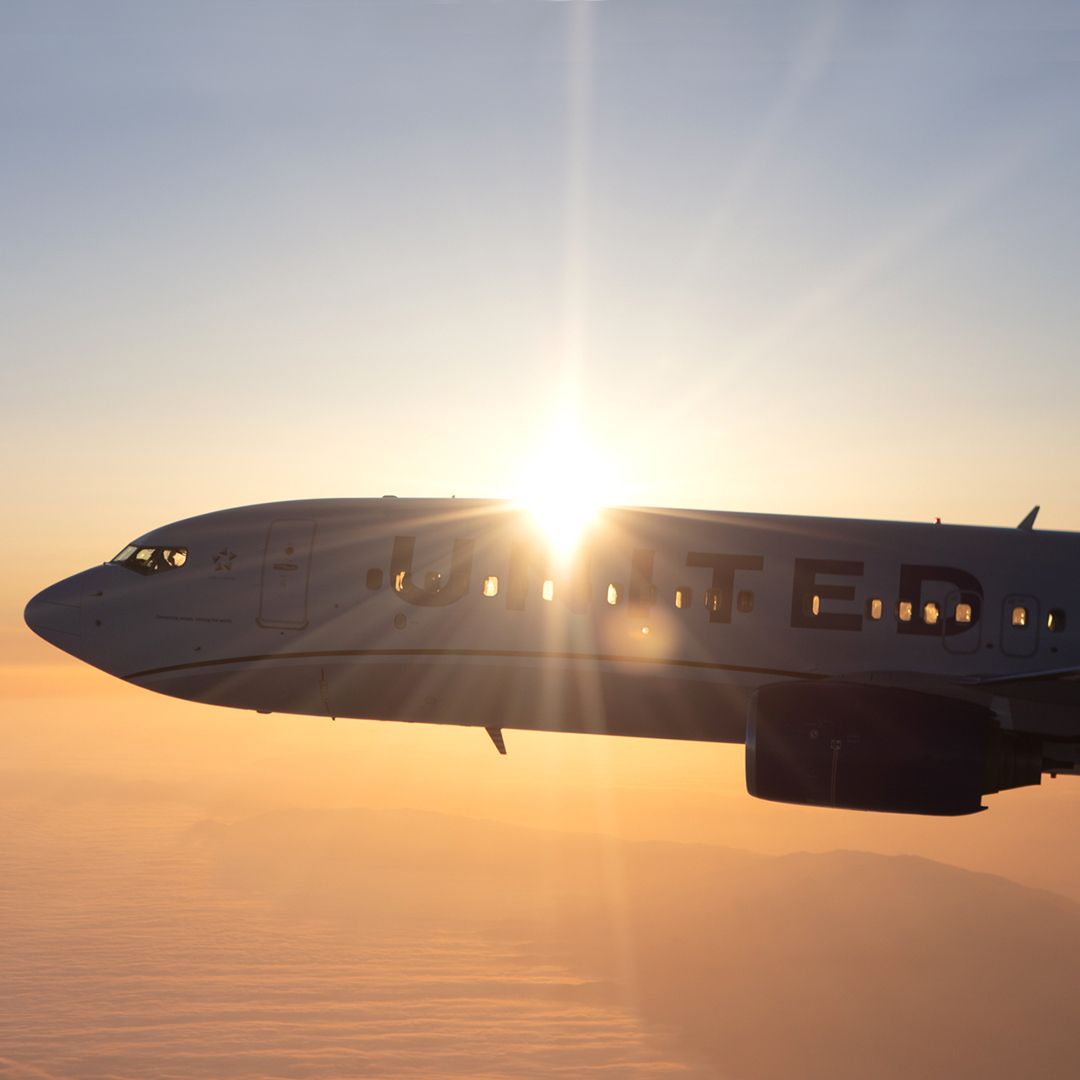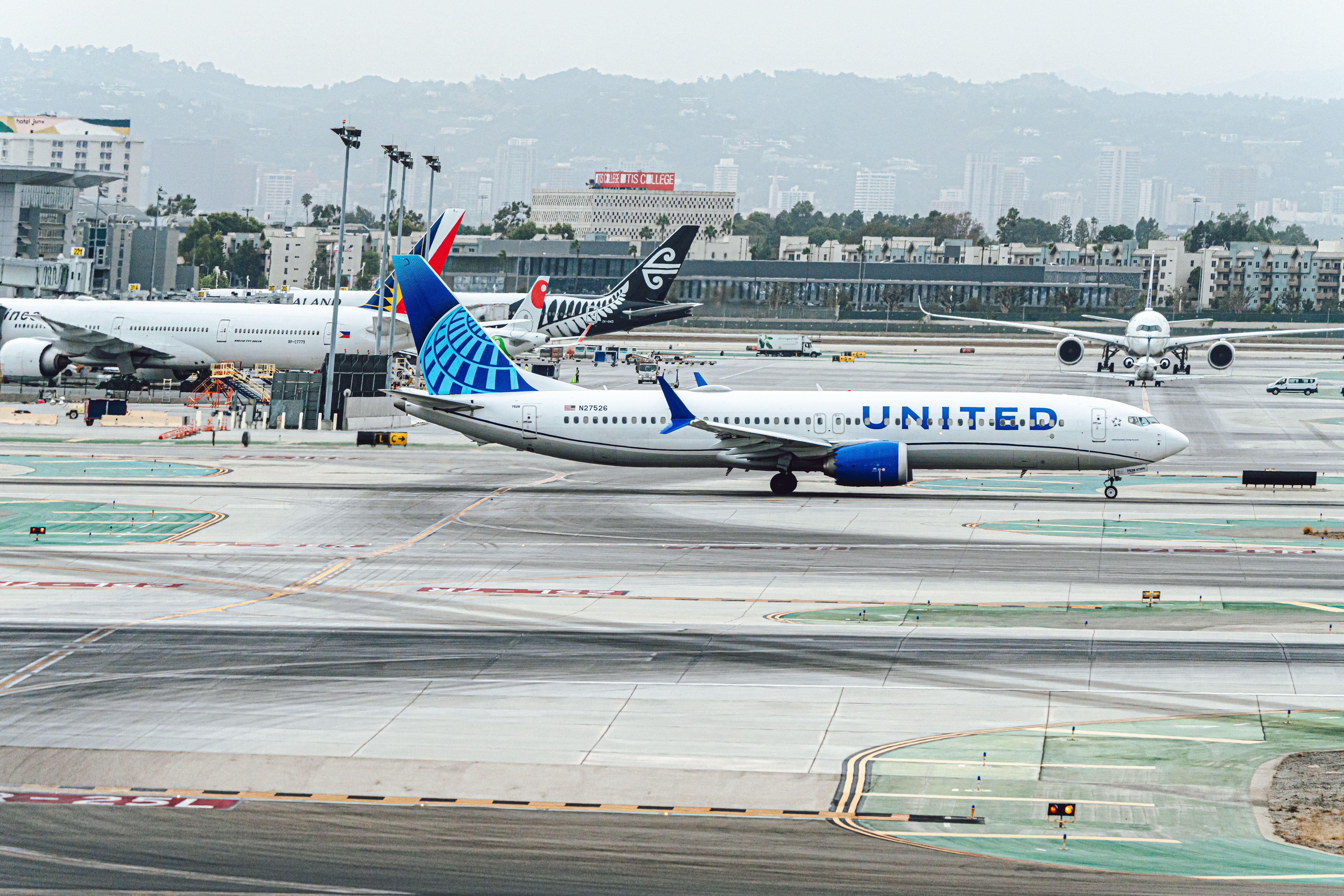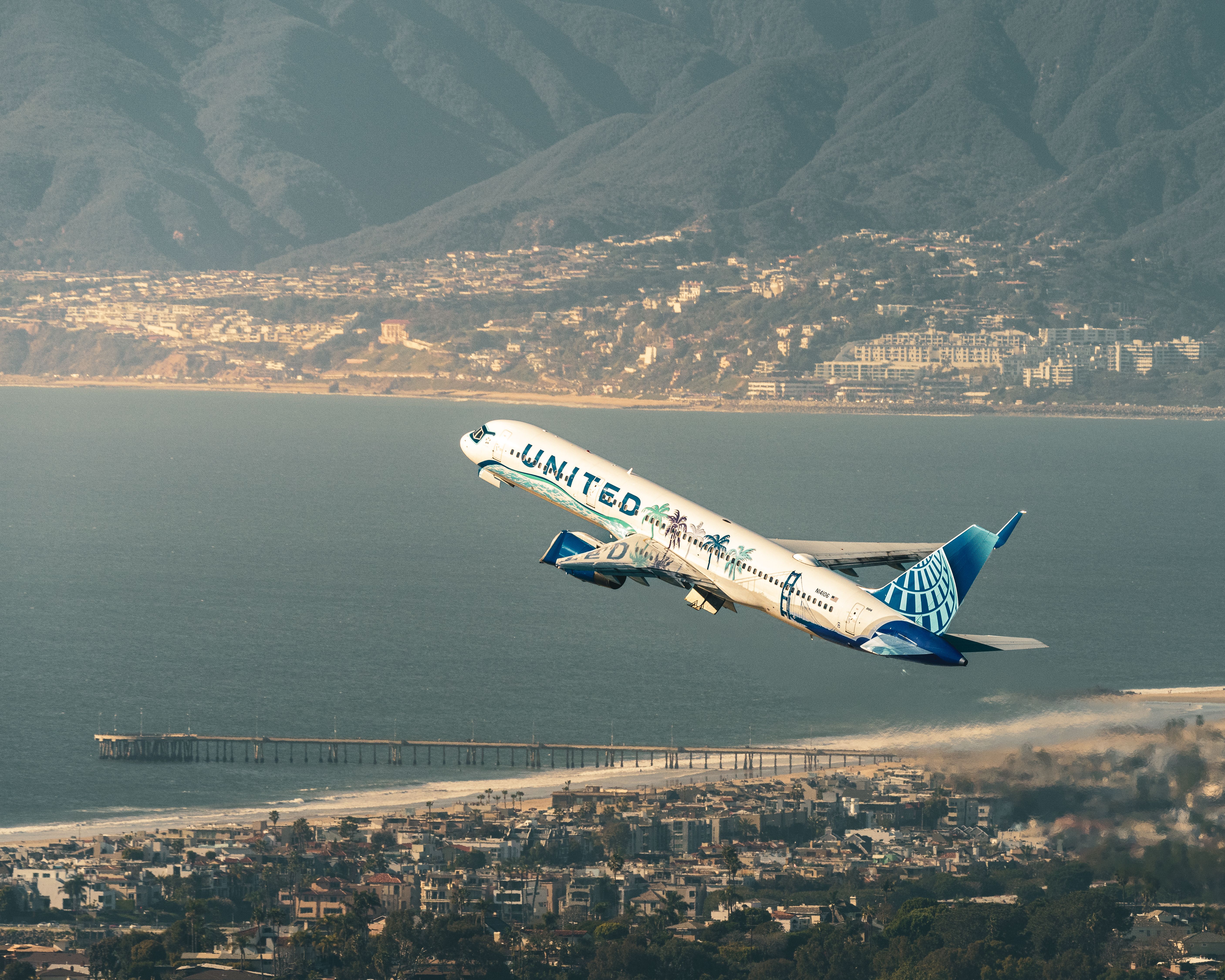Chicago-based United Airlines revealed its first-quarter 2023 financial results on Tuesday. The carrier recorded a net loss of $200 million (pre-tax loss of $256mn), consistent with the expectations provided last month.
Operationally, the airline flew the most mainline seats in its 97-year history and finished first in on-time departures at half of its eight hubs across the country. The airline also celebrated customer enhancements by opening a new club in Chicago and a new terminal in Newark.
Inside the numbers
United Airlines CEO Scott Kirby said the carrier's Q1 performance is leading in the industry.
"I am extremely proud of the United team's performance during the first quarter of 2023. Our industry-leading operational performance contributed to an all-time high operating cash flow in the first quarter and keeps us on track to achieve our cost targets for the full year.”
The Star Alliance member grew its total operating revenue by more than 50% compared to the first quarter of last year. The total revenue per available seat mile (TRASM) increased by nearly 25%, while the cost per available seat mile (CASM) grew by less than 5%. The carrier said it remains confident in its 2023 adjusted diluted earnings per share target of $10 to $12.
Here is a rundown of United's Q1 financial results:
- A net loss of $194 million with an adjusted net loss of $207 million
- Capacity was up 23.4% compared to the same period last year
- A total operating revenue of $11.4 billion, an increase of 51.1% compared to Q1 2022
- TRASM up by 22.5% compared to the same period in 2022
- CASM was up 4.0%, and CASM-ex was down 0.1%
- A diluted loss per share of $0.59 with an adjusted diluted loss per share of $0.63
- The average fuel price per gallon was $3.33
- A reduced adjusted total debt by $4.6 billion in the last 12 months
"We are watching the macroeconomic risks carefully, but demand remains strong, especially internationally, where we are growing at twice the domestic rate," Kirby said. "We expect all of these factors will keep us on track to achieve our full-year adjusted diluted EPS target."
We'd love to see you on Instagram - follow us here!
Operational highlights
United experienced a low first-quarter seat cancellation rate during Q1. The carrier said the rate, lower than any other airline since the first quarter of 2012, led the industry despite the significant impact of weather during the first quarter. The airline also flew 413,000 mainline seats, the most in its history. The most daily mainline flights were also operated, with 2,300 flights during the first quarter.
Among its eight hubs, United finished first in on-time departures at O'Hare International Airport in Chicago, Denver International Airport, and George Bush Intercontinental Airport in Houston. The carrier finished second at two other hubs: San Francisco International Airport and Washington Dulles International Airport.
Customer enhancements
In Chicago, the airline said it had a strong debut of the new United Club in January, and in Newark, the new Terminal A opened during the quarter, adding 12 gates with 17 total expected by the end of the year.
United's Q1 financial reports come as the airline announced on Tuesday that it would increase international flights to Australia and New Zealand next winter.
"With 66 flights between the United States and Australia/New Zealand every week, United will operate nearly 40% more flights from the United States to Australia and New Zealand next northern winter versus last year," the airline said.




